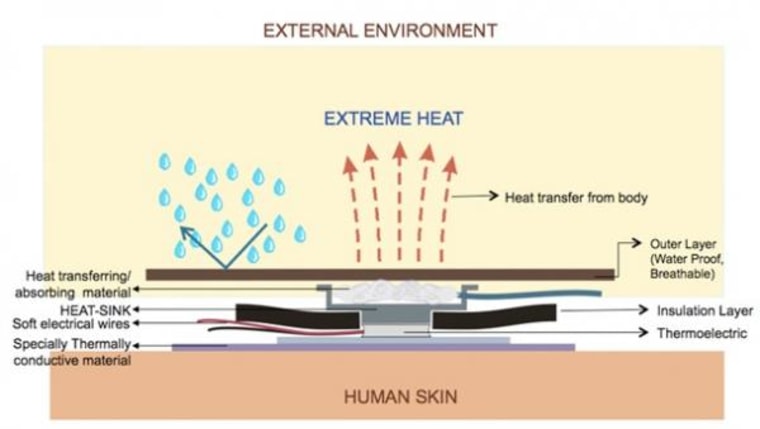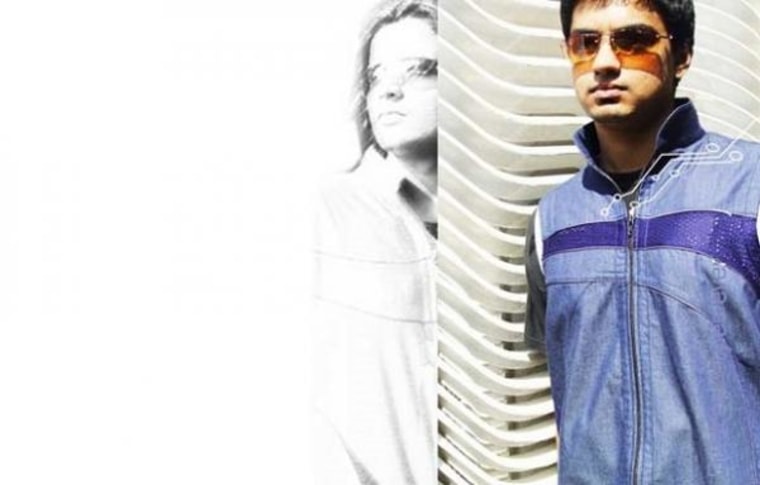New climate-controlled jackets have helped Indian soldiers stay warm in subzero conditions on the Siachen Glacier, and have even made cows comfortable enough to produce more milk. But it all began with an Indian grad student's simple wish for clothing that could adapt to both the cold Boston winters and heated MIT campus rooms.
Now, the MIT graduate's startup has begun selling the jackets, and other apparel, that allow wearers to control their level of comfort without adding or removing layers. That could prove an indispensable addition to future wardrobes in an age of wild weather and temperature swings.
"Our products can go from zero to 100 degrees C in the flip of a button," said Kranthi Kiran Vistakula, founder and CEO of Dhama Innovations in Hyderabad, India. "We have four levels of heating and four levels of cooling that include low, medium, high and very high."
Vistakula's Climacon Technology harnesses the so-called Peltier effect that helps cool electronic devices such as laptops. When electricity runs through the junction where two different metals meet, it creates a temperature difference so that one side heats up and the other side cools down.
Such heat-exchange devices also need fans to blow away the heat. But Vistakula used nanomaterials engineered on the tiniest scales to create a very light, very efficient version (with no moving) parts that can work with clothing.
"We were able to reduce the weight and eliminate the need for a fan," Vistakula told InnovationNewsDaily. "That made it very suitable to put it into apparel."
The current clothing runs on a range of laptop batteries that can support up to eight hours of hot or cold comfort. Dhama Innovations has also enabled battery recharging that uses vehicle batteries or even solar power.
Aside from ClimaWare-branded neck wraps, shoes, jackets and bike helmets, the startup also sells knee and elbow packs that provide hot or cold therapy for aching joints.
That's just the beginning, as Vistakula's 20-person team tries many new and different applications in the quest to find what works. They have their eyes set on a "HaemoSave" application that could use freezing temperatures to control bleeding, pain and inflammation during medical emergencies.
"That's at a very early stage," Vistakula explained. "It works for superficial wounds, but we have to do deeper wounds and see what happens."

In another case, tests with jackets adapted for cows succeeded in enabling the cows to produce more milk. But the current costs mean that farmers can't afford such devices — at least not until Dhama Innovations scales up its production and lowers the price.
Still, that willingness to try has helped Vistakula get this far with his startup. The company only launched its first products in April with venture capital funding, but aims to become a $100 million company within three or four years.
It's an ambitious goal, Vistakula admits. But his confidence is buoyed by the startup's innovation philosophy.
"Nature has been innovating for billions of years, so you just have to look in the right place," Vistakula said. "If you go looking for answers, you'll find them."
You can follow InnovationNewsDaily senior writer Jeremy Hsu on Twitter @ScienceHsu. Follow InnovationNewsDaily on Twitter @News_Innovation, or on Facebook.
